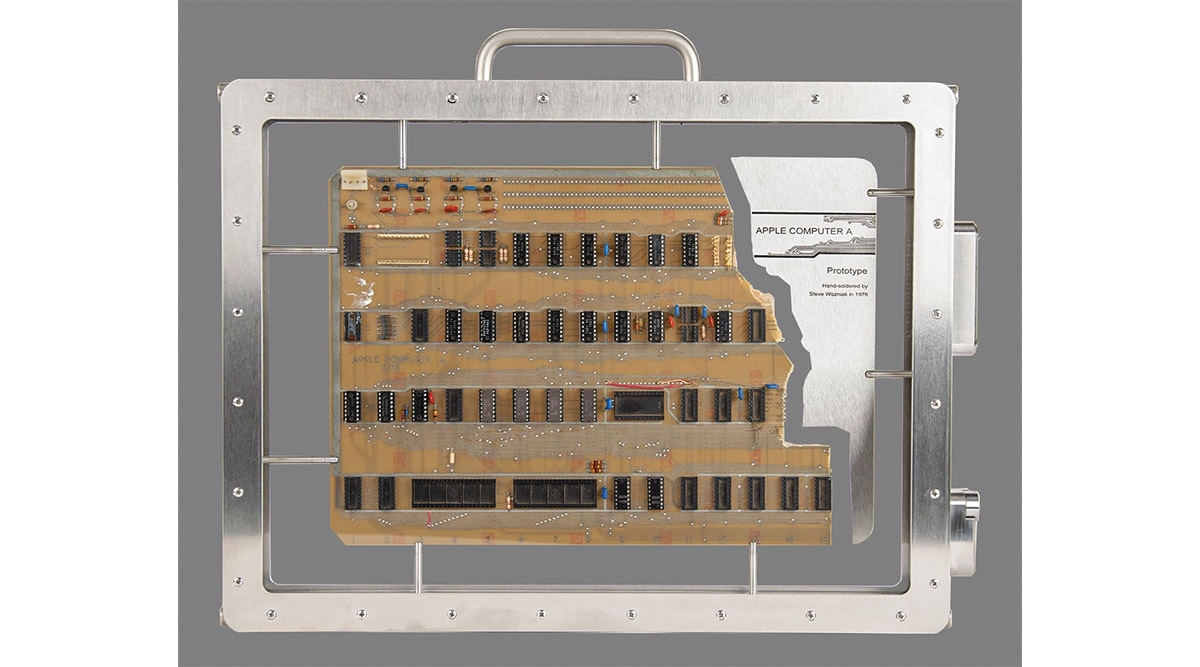NASA’s Artemis 1 mission’s SLS (Space Launch System) rocket and Orion spacecraft left launch pad 39 at the Kennedy Space Centre at 8.51 AM IST and began its 6.4-kilometre journey back to the Vehicle Assembly Building. The space agency decided to roll back the rocket because the latest weather predictions associated with Hurricane Ian did not give expectations for improved conditions.
You can watch a livestream of the rocket being rolled back to the huge Vehicle Assembly Building from the Kennedy Space Centre’s YouTube channel below.
“Managers met Monday morning and made the decision based on the latest weather predictions associated with Hurricane Ian, after additional data gathered overnight did not show improving expected conditions for the Kennedy Space Center area. The decision allows time for employees to address the needs of their families and protect the integrated rocket and spacecraft system,” said NASA in the Artemis I blog.
NASA was initially planning to attempt another launch on September 27 but decided to stand down due to the risk from the storm. “During a meeting Saturday morning, teams decided to stand down on preparing for the Tuesday launch date to allow them to configure systems for rolling back the Space Launch System rocket and Orion spacecraft to the Vehicle Assembly Building,” said the space agency, in a blog post at the time. This was shortly after the successful completion of a cryogenic tanking demonstration on September 21.
Despite successful completion, the tanking demonstration test did not go smoothly. The SLS rocket sprouted more fuel leaks during the test but engineers managed to get them down to acceptable levels.
Elsewhere, NASA’s DART spacecraft successfully crashed into the asteroid Dimorphos in humanity’s first planetary defence mechanism test. Scientists now await the results of the crash to see if the “kinetic impactor” method is viable in the event of an asteroid that actually poses a threat to our planet.
!function(f,b,e,v,n,t,s)
{if(f.fbq)return;n=f.fbq=function(){n.callMethod?
n.callMethod.apply(n,arguments):n.queue.push(arguments)};
if(!f._fbq)f._fbq=n;n.push=n;n.loaded=!0;n.version=’2.0′;
n.queue=[];t=b.createElement(e);t.async=!0;
t.src=v;s=b.getElementsByTagName(e)[0];
s.parentNode.insertBefore(t,s)}(window, document,’script’,
‘https://connect.facebook.net/en_US/fbevents.js’);
fbq(‘init’, ‘444470064056909’);
fbq(‘track’, ‘PageView’);








